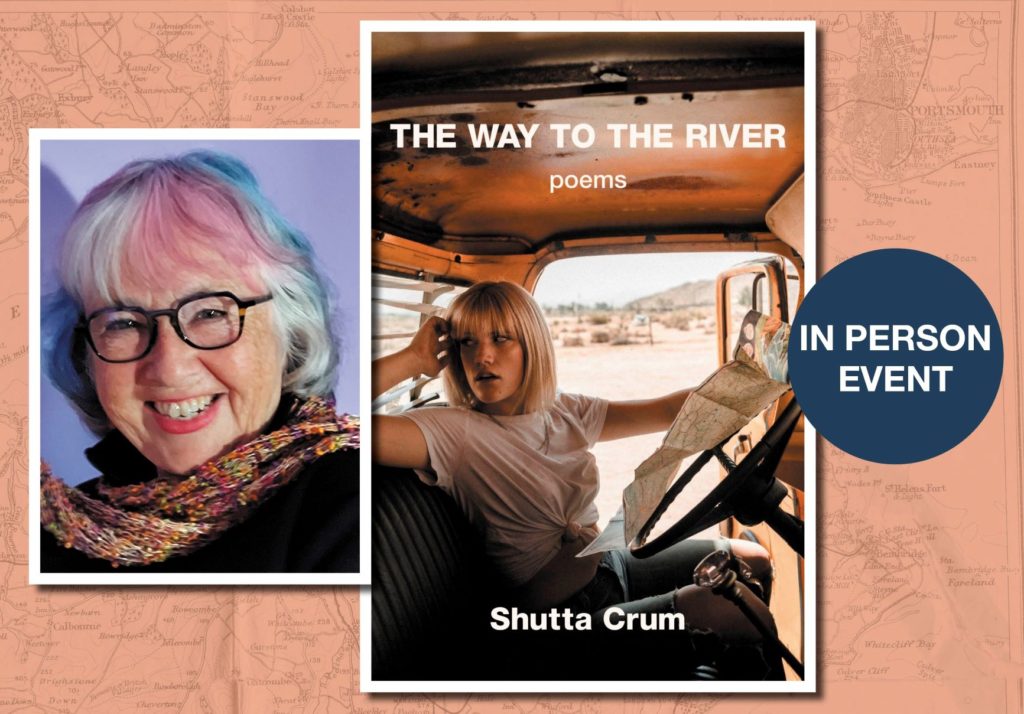
PULP magazine has just published an interview with me and a review of The Way to the River. So pleased. And thank you to Martha Stuit who wrote the piece. (She’s on Twitter @newerwilderness.) You can read the review and the full interview here: https://pulp.aadl.org/node/608387 . Also, I’ll be hosting a book launch at Nicola’s Books in Ann Arbor, MI on June 28th at 6:30pm. Please come. There’ll be refreshments, door prizes and a trivia quiz, as well as a book signing.
Here’s an excerpt from the review section:
Crum’s latest collection of poems, The Way to the River, navigates real and metaphorical waters, from looking for osprey where “Rainwater pelts river water” to recalling tumultuous moments when the poet asks someone terrorizing her, “what door you jimmied / to escape and machete through my memory.” The ever-present passage of time surges through these lines as Crum looks back and ahead.
The Way to the River begins with the reflection “Why Poetry,” which shares a preface by Crum and her poems, “Aboutness” and “How Poetry Reframes the Moment.” Her depiction of poetry tells us, “Poems are mini stories, fleeting images, quick gestures of recognition and a lilt of music for the soul,” a statement that also aptly describes her poetry. The following poems in the book form the “colorful collage” that Crum sees in poetry.
The river grounds these poems and is never far away, similar to how people who are near the water’s edge “will breathe in the river damp, / knowing he is out there / where the dark wild closes in,” as the poem, “The Canoeist,” depicts. The poems take us to look at other poetry, such as that of Joseph Brodsky whose “poems are hearty. / Thickened by root and want.” Relationships with other people appear, too, both positive and negative, as “I turn and you are here, beside me, navigating this life. / Mid-current we gaze toward an oil slick. It does not break apart, / sink, / or dissolve.” Hope and delight become apparent in the poems alongside wonder at having “a life woven of such strong silk.”
Life’s impermanence is also not far away in The Way to the River. In “Paleontology in Such a Land:”
I, too, am a future fossil
of former lives
of fern damp
of croakings
of mindless nights
clinging
to the evolutionary tree
Crum brings us to and along and on and around the river where it is “rough going.” She discovers also that “All my loves are entwined,” and then eventually leads us to a poem on swimming in heaven. The temporary nature of life does not limit the depth of experience that the poems reveal, such as in “How to Properly Read a Paper Map,” which instructs, “When you go, dress warmly. / Drive Slowly. / Wave often.” The message to be in the present moment feels clear and important even amidst the ephemeral nature of life.
NOTE: PULP is a publication of the Ann Arbor District Library, 2022.